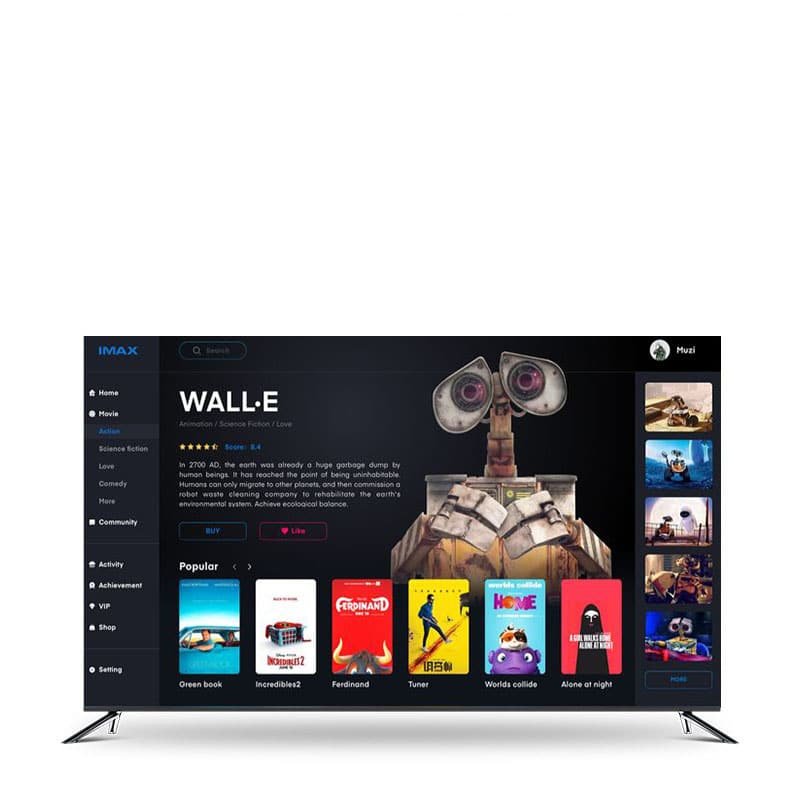

The technology supporting smart TV will not only be embedded in TV, but also in set-top boxes, Blu-ray players, game consoles, home TVs, and other accompanying devices. These devices can find content, such as videos, movies, and photos, from the network, satellite TV channels, local cable TV channels, local hard disk drives, and search browsers.
Smart TV does not require multiple devices, and consumers can enjoy advanced services through the flat-screen TV (although they need to access the Internet). In other words, in addition to various programs provided by program providers (such as regular TV broadcasting, video on demand, and retroactive programs), they are also placed on external HDDs, cloud storage, YouTube, etc. Easy browsing of users’ products is also possible.

Today, it requires high interactivity like SNS and can be used at will. In recent years, we can participate in two-way and watch programs at any time. TV set-top boxes have become more and more common among pay program providers.
